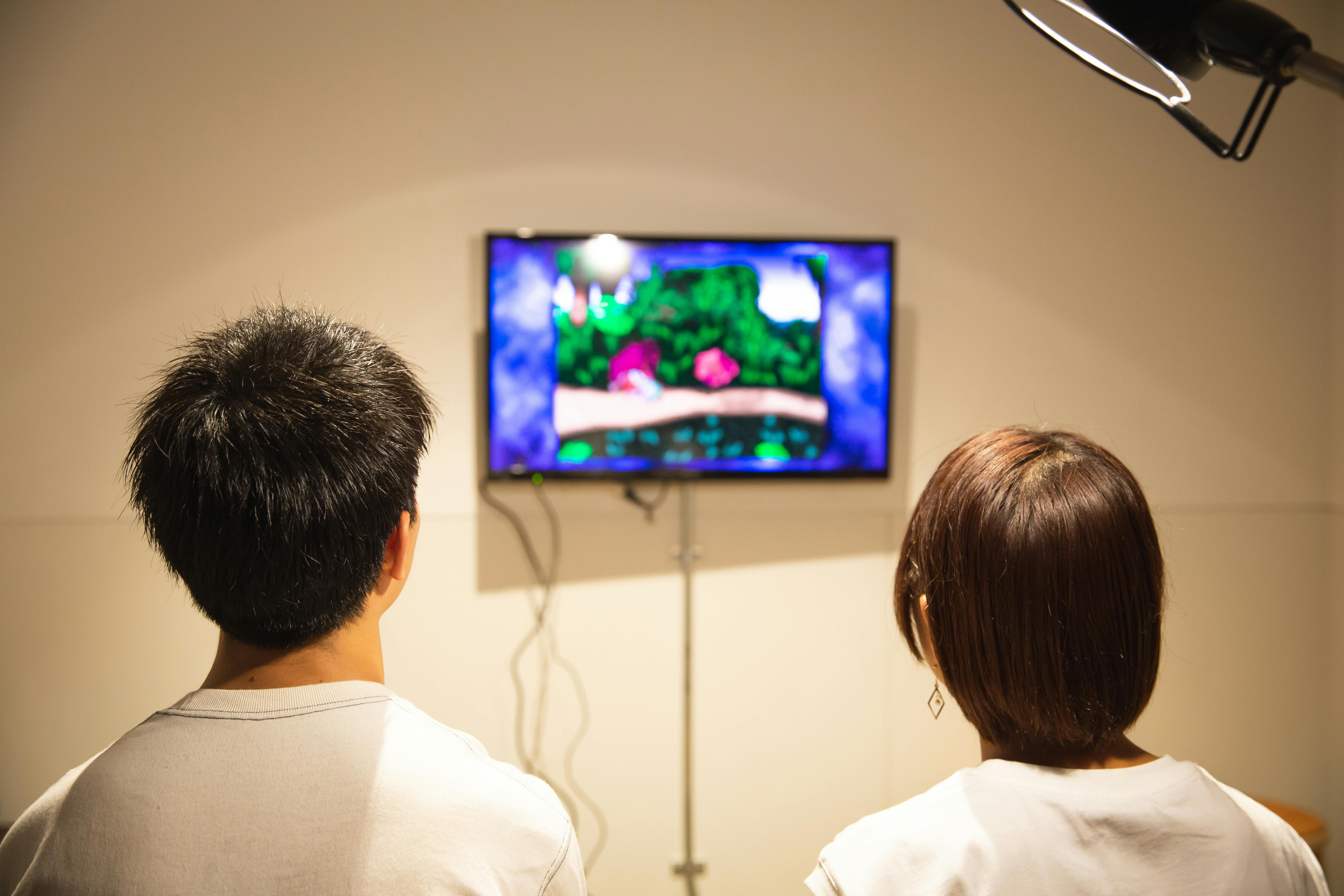The Uncharted Intersection of Gaming and Education
Gaming and education, two realms that have traditionally been seen as separate entities, are now intersecting in fascinating ways. The rise of educational games and the integration of gaming elements in academic learning are reshaping the way we think about instruction and play.

The Historical Context of Gaming and Education
As early as the 1970s, educators and game designers began to recognize the potential of gaming as a tool for instruction. Early educational games like Oregon Trail and Number Munchers combined rudimentary gameplay mechanics with subjects like history and math, laying the groundwork for the genre we now know as edutainment.
Current Landscape of Educational Games
In recent years, the landscape of educational games has expanded significantly. Popular titles such as Minecraft: Education Edition and Kerbal Space Program are used in classrooms around the world to teach subjects ranging from physics to computer science. Even commercial games like Assassin’s Creed have found a place in education, with their historically accurate environments being used as virtual field trips.
Significance and Impact of Gaming in Education
The integration of gaming in education has profound implications. Games offer an interactive and immersive learning experience, which can be more engaging and effective than traditional instructional methods. They also foster problem-solving skills, teamwork, and creativity—skills that are crucial in the 21st-century job market. Moreover, the cultural impact of games in education is challenging the traditional notion that play and learning are mutually exclusive.
Research Backing the Benefits of Gaming in Education
Research supports the integration of gaming in education. A study by the University of California, Davis found that students who played educational games outperformed their peers on standardized tests. Moreover, research by the Joan Ganz Cooney Center at Sesame Workshop suggests that games can support learning for students who struggle with traditional instructional methods.
Striking a Balance: Making Educational Games Engaging and Accessible
The challenge for game designers and educators is to create educational games that are both engaging and effective as learning tools. It’s a delicate balance. Games must be fun and immersive to keep students engaged, but they also need to present educational content in a way that’s accessible and meaningful. The most successful educational games strike this balance, using the unique strengths of the gaming medium to enhance learning.
The intersection of gaming and education is a dynamic and exciting space, teeming with potential for both game developers and educators. As we continue to explore this uncharted territory, the lines between play and learning are becoming increasingly blurred, offering new possibilities for instruction and engagement.




